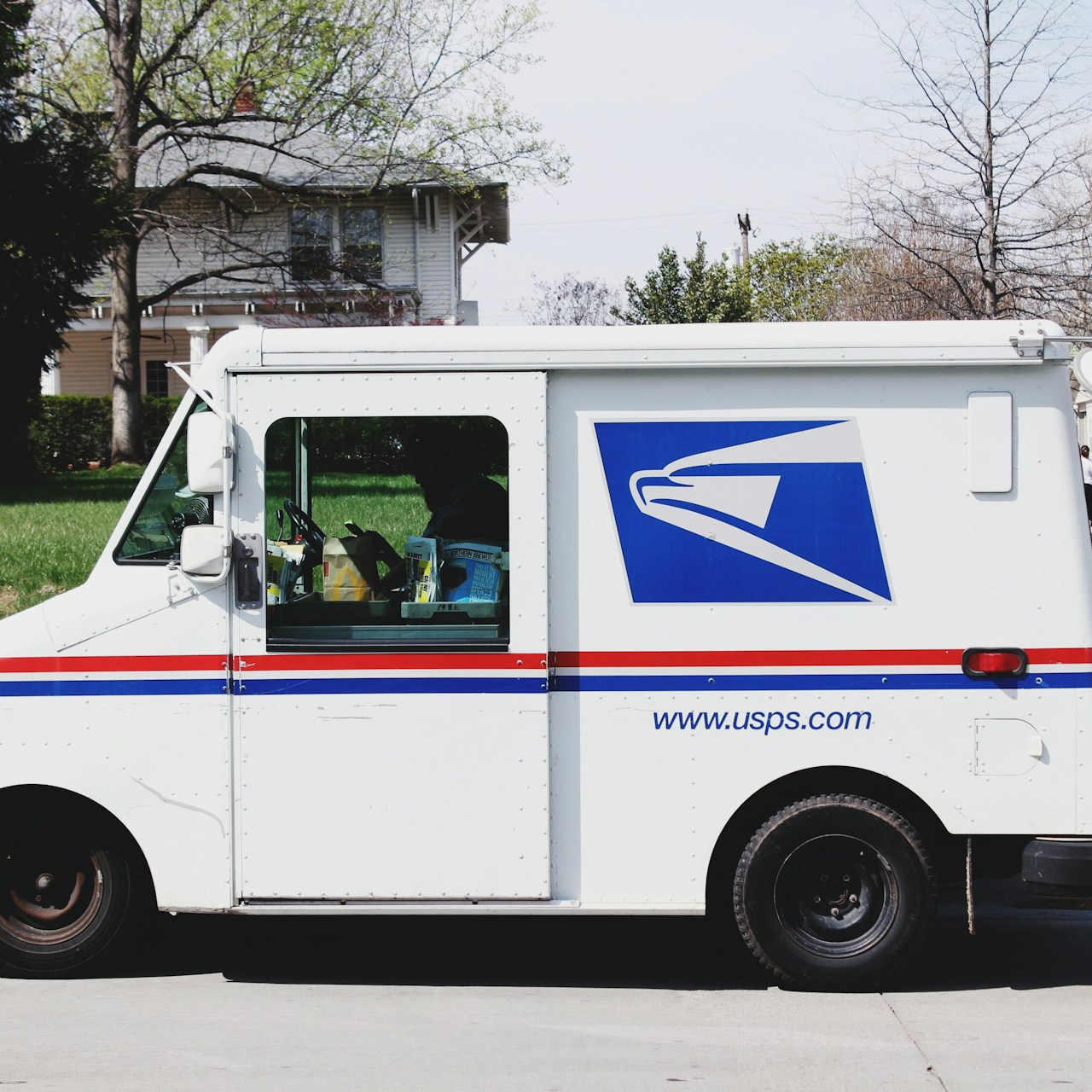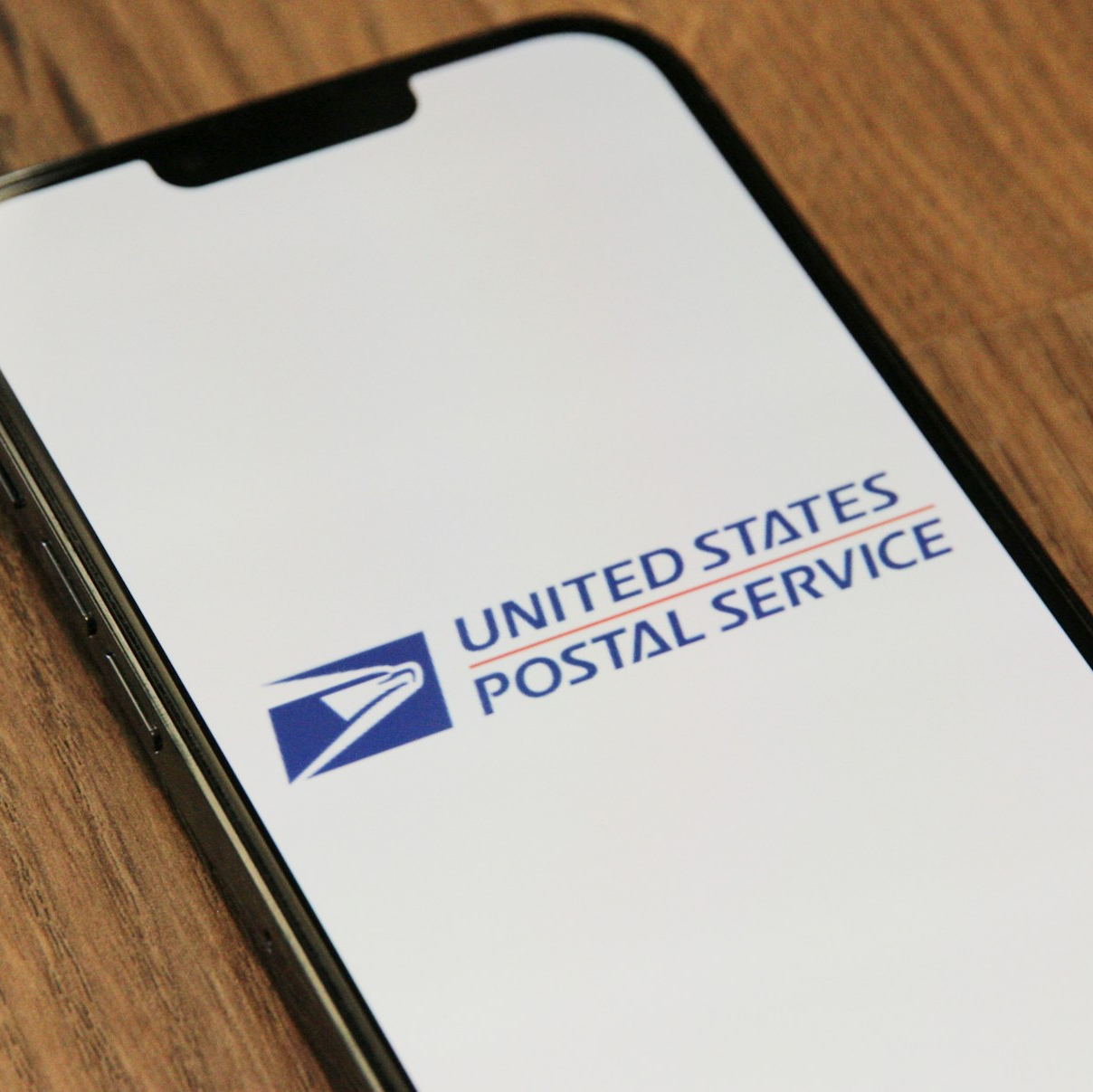Key Takeaways:
- Open Season for the Postal Service Health Benefits (PSHB) Program begins on November 11 and ends on December 9, 2024. This is the opportunity for postal workers and retirees to review and select the best plan option for 2025.
- Selecting the right PSHB plan requires understanding coverage options, costs, Medicare integration, and what’s new for 2025. Take time to review these areas to ensure your choice meets your health and budget needs.
What’s New in PSHB for 2025?
This Open Season is different for USPS employees, retirees, and their families as 2025 marks the transition to the Postal Service Health Benefits (PSHB) program, designed specifically for postal workers. For those of us already enrolled in the Federal Employees Health Benefits (FEHB) system, you’ll be automatically enrolled in a corresponding PSHB plan if no action is taken. However, Open Season offers a chance to make a proactive choice, reviewing options to be sure the new plan matches your unique needs.
When Is PSHB Open Season?
Open Season for the PSHB program runs from November 11 through December 9, 2024. During this window, you can change plans, add eligible family members, or keep your current plan by allowing the automatic transfer to a corresponding PSHB plan. Any changes made will take effect on January 1, 2025.
Questions to Guide Your PSHB Plan Choice
1. Does the Plan Cover My Key Healthcare Needs?
Start by examining which health services you use most frequently. Do you need coverage for routine care, chronic conditions, mental health services, or specialty care? PSHB plans offer a range of choices, but their coverage levels can vary significantly. Look for coverage information on:
- Primary Care: Ensure your choice has sufficient coverage for routine office visits, annual check-ups, and preventive care.
- Specialist Visits: Some plans offer more extensive coverage for specialty care. If you have a specialist you regularly see, verify the plan’s network and coverage for these visits.
- Prescription Drugs: Medications can quickly add up. Examine each plan’s prescription drug benefits, including which medications are covered, the cost structure (e.g., copays, coinsurance), and any tiered pricing.
- Mental Health Services: If you or your family members require mental health services, review the options for counseling, therapy, or psychiatric care.
- Emergency and Hospitalization Costs: Evaluate plans based on emergency room, urgent care, and inpatient hospital costs. You never know when you might need these services, so having a plan that limits high out-of-pocket costs can provide peace of mind.
2. Are My Preferred Providers in the Network?
If you prefer specific doctors, hospitals, or medical centers, confirm they’re part of the PSHB network. Most plans charge less if you visit in-network providers, so this is an important consideration for keeping costs manageable. Make a list of the healthcare providers you want to keep and cross-check them with the PSHB plan’s network directory.
3. How Much Will I Pay Out-of-Pocket?
Your total costs include more than the premium. Look at these factors as well:
- Deductibles: Plans often require that you meet a deductible before coverage kicks in for many services. Lower deductible plans might cost more monthly but can reduce your expenses if you need significant healthcare throughout the year.
- Copays and Coinsurance: After your deductible, plans may charge a flat fee (copay) or a percentage of the cost (coinsurance) for each service. Knowing these details helps you predict what you’ll pay for common healthcare needs.
- Out-of-Pocket Maximum: This cap limits the amount you’ll have to pay in a year for covered services. Once you reach it, the plan pays 100% of covered expenses. Higher out-of-pocket maximums mean more potential expenses, so review carefully.
4. What Are the Costs for Prescription Medications?
Prescription costs vary widely between plans. If you take regular medications, reviewing each plan’s formulary (list of covered drugs) and drug tiers is essential. Drug tiers categorize medications based on cost and type, with generics usually in the lowest tier, specialty drugs in the highest. Compare costs for your regular prescriptions, and check any restrictions, such as prior authorization, step therapy, or quantity limits.
5. How Does the Plan Work with Medicare?
Some postal workers and retirees are also eligible for Medicare, and it’s important to know how your PSHB plan interacts with Medicare. For 2025, Medicare-eligible annuitants (and family members) need to enroll in Medicare Part B to keep PSHB coverage, unless they retired on or before January 1, 2025, and are not already enrolled in Part B.
Consider these key points for Medicare integration:
- Primary vs. Secondary Payer: Once you have Medicare Part B, it often becomes your primary payer, with PSHB serving as secondary. This setup can reduce out-of-pocket costs significantly by having PSHB fill in gaps Medicare doesn’t cover.
- Additional Coverage Costs: There are premiums associated with both Medicare Part B and your PSHB plan, so budget for this combined cost when considering your options.
- Coordination of Benefits: Make sure to choose a PSHB plan that works smoothly with Medicare to avoid unexpected costs or coverage gaps.
6. How Flexible Are the Plan’s Coverage Options?
Every family’s needs can change over time, so a plan’s flexibility can be a big asset. Consider:
- Telehealth and Virtual Care: Many plans now offer telehealth options, allowing you to consult with a doctor from home. If you prefer or rely on virtual care, check for telehealth coverage, as it can save you time and money.
- Wellness Programs: Some plans include wellness programs for fitness, smoking cessation, nutrition counseling, or even rewards for healthy activities. These programs can be helpful if you’re looking to make lifestyle improvements and want extra support.
- International or Out-of-State Coverage: If you frequently travel, a plan that covers out-of-state or international care can be valuable. Not all plans provide this, so if it’s important to you, prioritize options that do.
7. Are There Changes in Premiums and Other Costs for 2025?
Premiums and other costs can fluctuate each year. Check for updates in monthly premiums, deductibles, out-of-pocket maximums, and any changes in coinsurance or copays. Remember, while automatic enrollment may save you time, it could lead to higher out-of-pocket expenses if your current plan’s costs increase for 2025. By reviewing all these elements, you’ll better understand the total potential cost.
Tips for Making Your Decision Easier
1. Use PSHB Online Tools
Many online resources are available to help you compare PSHB plans side by side. These tools often allow you to input specific details, such as your healthcare needs and prescription medications, to find the best match. Taking advantage of these tools can save you time and ensure you have a clear comparison of each plan’s costs and benefits.
2. Write Down Questions for the PSHB Hotline
If you have detailed questions about specific benefits or need clarification on Medicare integration, write down a list of questions and call the PSHB hotline. It’s better to get clear answers directly from the source than to rely solely on website descriptions.
3. Plan Ahead for January 1, 2025
Any changes you make during Open Season will take effect on January 1, 2025. Whether you’re keeping your automatic enrollment or switching plans, take steps to ensure you understand what will happen at the start of the new year. If your providers change or you need new plan materials, knowing ahead of time will make the transition smoother.
Choosing Confidently for Your 2025 Health Coverage
The right PSHB plan should balance your healthcare needs, costs, and convenience. This is your chance to ensure you have the best fit for 2025. By asking these questions, comparing plans, and carefully considering the specifics, you’re setting yourself up for peace of mind all year. Remember, Open Season ends on December 9, so start early to give yourself time to make the best choice.









